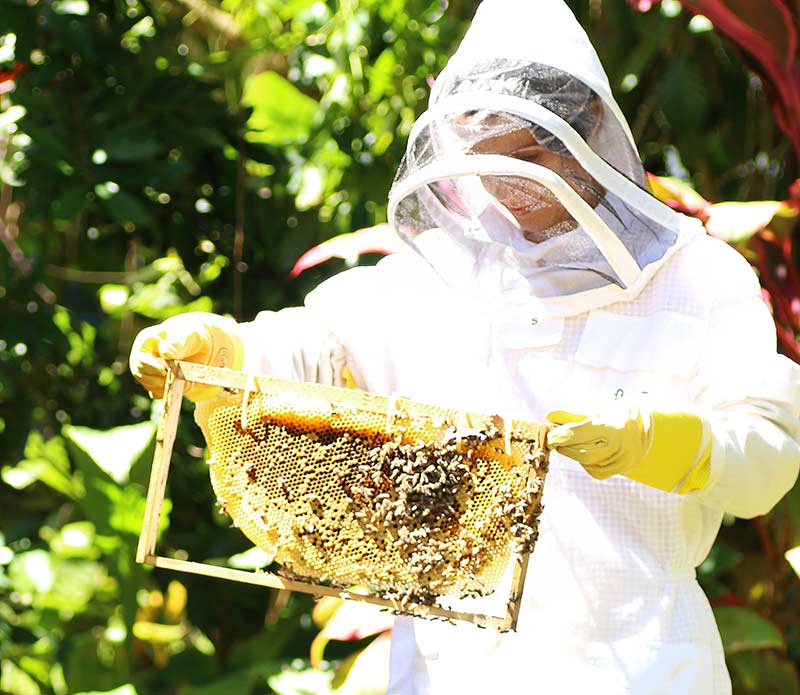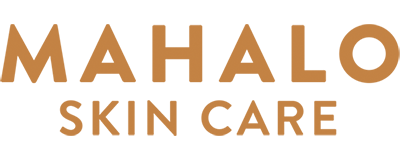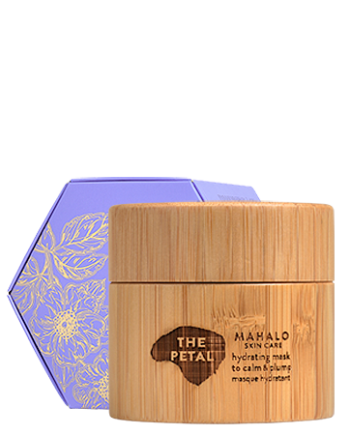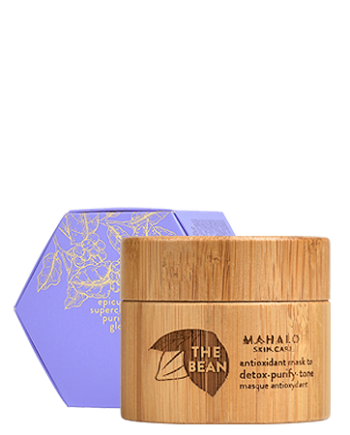Let’s talk sweetness, let’s talk love, let’s talk honey. We put it in tea, drizzle over breakfast and reach for it’s aid in soothing colds and flu.
We love it many different ways, but did you know it comes with some truly exquisite and luxurious health and beauty benefits. Yes it does!!! So lets talk magic of honey.
Honey is the result of a labor of love and unwavering dedication of the miraculous honeybee (miraculous because according to science there is no way a bee should be able to fly, but it does, and it does so much more than that). Honey is perfect balanced goodness of bioactive enzymes that is produced by bees collecting nectar from flowers and depositing into beehive honeycombs. Extracted and strained to remove wax, the final product is raw honey which you can find in most stores, but unfortunately not all honey is chalk full of the goodness that you may think. Your typical store bought honey is most likely highly processed, pasteurized and free from pollen giving it a longer shelf life, however this also strips it of all its goodness. So when spreading it on your toast or your face, you’re really not receiving any healing benefits that you could be from true raw honey.
Finding a good honey source is not hard, simply look local, and look for honey that is raw. There are many local bee keepers nowadays that if you do a bit of research, you should be able to get your hands on some of that goodness! If you are lucky to live in an area that does farm bees, be sure to keep an eye out in your local grocer or even larger chains are now sometimes carrying their local suppliers honey. Farmers market’s are also a great place to grab a pot of that gold.
MAHALO Skin Care uses two different kinds of honey in our skin treats, Manuka honey and Hawaiian raw honey, and sourcing as local as from MAHALO’s own bee hives.
HAWAIIAN HONEY
Produced by Apis mellifera (Western or European honey bee) the most commonly found bee throughout the world, and the best source of real true raw honey.
Our Hawaiian honey is sourced from farms that do not heat, treat, filter, nor pasteurize to ensure you are getting all the benefits from one of the world’s most highly valued foods. Flowers are blooming year-round on our islands, making the honey always fresh and available no matter what the season. We do, however, give our bees winter to rest, so they themselves can enjoy the benefits of their hard, sweet labor – honey.
Used since ancient Egyptians times for medicinal purposes such as healing wounds, treating bacterial infections, diabetes and gastrointestinal problems as well as embalming, we know that honey has also been used in skin care back to Cleopatra and even Nefertiti’s time. Honey was seen as an extremely valued commodity and used throughout history because of its natural preservation. Containing countless vitamins and minerals and a potent source of antioxidants, there’s no wonder we include it in our masks as well as advise on mixing it with our powdered clay PELE MASK.
Even though there have been countless scientific studies confirming the benefits of honey in skin care, against antibiotic bacteria and highly effective as a skin disinfectant, you can almost see it for yourself when using honey on its own, as a treatment or with true pure products like The PETAL mask and The BEAN mask.
MANUKA HONEY
Produced in New Zealand by bees that pollinate the local manuka bush, this is arguably one of the world’s leading honey. According to many research studies, the flavonoid compounds in manuka honey exerts anti-inflammatory and cancer-fighting properties and possesses significantly stronger anti-microbial activity than other types of commercial honey. It is extremely effective against various bacteria that cause numerous infections including skin infections. This of course is the leading reason we use it as the top ingredient in our PETAL mask.
Be sure when sourcing your own Manuka honey to look for the UMF wording which New Zealand beekeepers use for rating the potency of real Manuka honey. If you are not seeing this on the honey’s label, then it is not real Manuka.
SAVE THE BEES
Although you may be hearing about the many amazing benefits of honey, you may not be aware that we are in a critical stage of decline of honey bees. The numbers have been dwindling since 1945 and there are several reasons that stand out which are requiring immediate attention for the lives of our bees. The decline began when we started using synthetic fertilizers instead of the clover and alfalfa always used and needed for the bee’s health and survival. We started using herbicides for killing off weeds, some of which are also needed for bee’s survival and we have been eliminating the flowering plants that bees need for their (our) survival. And we have yet to mention, pesticides, insecticides, monocultures, as well the flowerless landscapes that are killing 30% of the bee population every single year. As the most important pollinators of our food plants, honey bees are crucial to the survival of many foods. Bee scholar and expert, Marla Spivak, explains that honeybees are the charismatic representative for the other thousands of bee species who who we need to befriend and welcome back into our lives if we do not want to see empty shelves in our grocery stores. Amongst this frightening information, we know there is hope for our honeybees and each individual can have a part in helping save the bees.
How MAHALO is helping with the bee population (and how you can too)

– We plant bee friendly flowers throughout our gardens, around the studio and our staff’s homes
– We give our bees time to rest through the season by not over-harvesting honey, as well as not feeding them sugarwater
– Plant flowers that are native to your area
– Plant flowering herbs
– Do not use pesticides
– Weeds aren’t always bad, especially clove and dandelion. The honeybees love them!
– If possible, find out how to care for and maintain your own hive(s)
– Bees like to drink! Water that is, so leave a small basin, bowl or anything that can hold a small amount for your bees
– Buy local raw honey
Honey is found in these MAHALO Skin Care products:
The PETAL mask – Manuka honey & local Hawaiian raw honey
The BEAN mask – Hawaiian honey
BEE sure to know your honey facts:
– Western Honey bees were introduced to Hawaii in 1857
– Beekeeping on Kaua’i began in late 1890’s
– Excess pollen from bee hives can be used in herbal tinctures for health benefits, shampoos and moisturizers
– 1/3 of four ood crop is dependant on bee pollination
– Apis mellifera (Western or European honey bee) although the most common bee, it is also the most endangered species at this time
– The Hylaeus anthracinus or Hawaiian yellow-faced bee (not a honey bee) is the first bee ever to be placed on the Endangered Species Act, which will now help revive its population

.







